By one important yardstick, the 2018 L-Mount Alliance has been a scintillating success. The number of lenses available to users of the L-Mount system has now exceeded 75. And the sheer scale and breadth of the offering is astonishing. It is the only potentially “universal” mount on the market and could even attract more camera manufacturers in the future. It definitely has legs, as they say.
On the negative side, however, the cameras available to system users are fairly restricted. Leica’s new SL3 is a big hitter, but at a price. However, Panasonic Lumix has successfully attacked the other end of the market with the light, capable S5II models.
But the S1 models, the real competitors for the SL, have not changed in nearly six years. They must surely be due for imminent replacement. Sigma, meanwhile, continues with the niche fp — the smallest full-frame camera on the market. It has low visibility and is directed mainly towards videographers.
There is no gainsaying the success of the L-Mount, however. It remains the only cross-manufacturer system which, potentially, offers the best choice of glass from four companies, Leica, Lumix, Sigma and TTArtisan. What’s more, it covers the widest possible range of prices, from an entry level of £79 for the TTArtisan 50mm f/2 to an eye-watering £4,798 for the 50mm f/1.4 ASPH Summilux-SL. Some difference, some choice.
Later, I will introduce you to a great little website where you can see all your potential L-Mount purchases laid out in order of focal length — the ideal way to compare. And you can also check out the latest prices.
Prolific
The most prolific of the L-Mount manufacturers, responsible for no fewer than 39 models, is Japanese manufacturer Sigma. Panasonic Lumix wades in with a choice of 16 lenses, some designed by Leica, while Leica itself brings 15 lenses to the counter.
Surprisingly though, a further five L-Mount lenses are available from the Chinese manufacturer TTArtisan, at prices ranging from £599 down to £79. TTArtisan also offers a 50mm f/1.4 tilt lens at £249.
Keeping track of all these lenses is a challenge. Some years ago we put together a spreadsheet and made it available to readers, but it is now hopelessly out of date because we didn’t have the opportunity to follow the market in such detail.
My point of reference, at least for the basic facts, is the absorbing price-comparison site, camerapricebuster. This British reference facility is concentrated on price, as it says on the tin, but the listings of a vast array of photographic equipment make for interesting comparisons.
Matt, who runs the site, has just introduced an L-Mount feature which compares all full-frame lenses available on the British market. Conveniently, they are arranged by focal length (rather than manufacturer) so you can easily see what is available in any focal length of choice.
An invaluable resource
I am finding this website an invaluable place to keep track of lenses (and cameras, for that matter). While the prices are in GB Pounds, the relationship between the figures is probably similar in whatever currency you use, and the breadth of choice is no doubt the same. The site provides the basic comparison, allowing you to make a more detailed search locally and via manufacturer’s spec sheets. Flters for prime, zoom, macro and tilt are provided.
All listings on the site come with a basic description and a list of dealer price offers. There is also additional information, such as part exchange and finance opportunities. Note that the site currently lists only five TT Artisan lenses out of a total of 12. Not all are available from supporting stores of the website.
A new feature, added just this week, introduces the ability to compare specifications of lenses within any particular focal length. In the 50mm prime section, for instance, there are no fewer than 12 lenses to choose from.
Clicking on this link takes you to a panel showing the most useful comparative date on every lens — including number of elements, maximum and minimum apertures, minimum focus distance, weight, and dimensions. This provides a good start for further investigation.
If you register for the site, as we have done, you can set up alerts for used prices when you are in the market for a pre-owned lens, often a good way of buying provided you take the usual precautions.
A huge amount of effort goes into keeping this site current and up and running, so using it as an L-Mount reference site will help us and help camerapricebusters. Updates are made several times a day and listed prices fluctuate frequently.
Work in progress
There are some 24 zooms and over 40 primes to select from. However, this is a work in progress. If you find any anomalies (or missing lenses), please let us know in the comments below, and I will be sure to inform Matt.
If you know of other similar sites offering a full list of L-Mount lenses, please tell us.
Visit the L-Mount lens database
Leica-like
Leica users in particular will note the similarity between some of Leica’s “more affordable” lenses and lenses offered by either Sigma or Panasonic. Leica does not provide details, but the technical specifications of, for instance, the Leica 24-70 f/2.8 ASPH Vario-Elmarit SL (£2,308) and the Sigma 24-70 f/2.8 DG DN Art (£1,048) are remarkably similar.
The Leica wears an all metal coat in the company’s established design. It is heavier, and presumably better built. But the optical performance is very similar, at least in my opinion.
I can make similar comparisons between the Leica 14-24 (£2,200) and the Sigma 14-24 (£1,199). On the prime front, the Leica 35mm f/2.0 (£1,949) and the Panasonic 35mm f/1.8 (£510) are similar, as are the Leica 50mm f/2.0 (£1,738) and the Panasonic 50mm f/1.8 (£334). I acquired the Panasonic Lumix 50mm f/1.8 as part of the kit with the Panasonic S5II 1The S5II with both the 50mm f/1.8 and the 20-60 zoom now costs just £1,628, which is £300 cheaper than the Leica 50mm f/2 alone and I am delighted with it.
Comparing apples and apples
While I own the Panasonic 50mm f/1.8, I have examined the 50mm Leica f/2 on a couple of opportunities and compared them both side by side.
The Panasonic, with its plastic body, feels and looks cheaper than the Summicron. Much of the good impression gained from the Leica is down to the extra 70g weight. It just feels more solid, and the aperture ring is decidedly smoother.
Isn’t it all about optical performance?
Panasonic manufactures their lenses in China, while Leica assembles their lenses in Portugal. Leica lenses feature an all-metal body, are almost certainly built with more precision and, probably, with more selective components. In handling, the Summicron feels more substantial and is a real quality item compared with the Panasonic version. The same is true for the two 35mm lenses.
However, when it comes to image quality, the differences are negligible. They are equally sharp, and the rendering is identical. This is a case of paying your money and taking your choice. There is no right or wrong answer there. It all depends on what you value.
Light is right
For me (especially bearing in mind that I “inherited” the Panasonic with the S5II kit), I take comfort from the almost identical performance. I value lightness (especially when the lens is attached to a Leica SL3) above some other qualities. That 20% weight saving in the Panasonic version of the 50mm is worth having.
On the other hand, if you want the red dot and the better build quality, and are prepared to pay five times as much, then go for it and you will be happy.
Alex Barra in the video below (if you can stand the constant ads) provides an excellent assessment of the two “nifty fifties” and I agree with his conclusions.
Conclusion
The L-Mount Alliance has been a major success for Leica and, I would say, for Panasonic and Sigma as well. From Leica’s perspective, it has further established the system. This will go a long way to ensuring that SL owners are not left high and dry one day. Recent experience with the CL emphases the importance of continuity by instilling confidence. Spreading the responsibility among an alliance of members is one way to ensure this. With over 75 lenses, the L-Mount system is well past break-even in terms of choice. It is mature, comprehensive and provides opportunities at every price point.
Manufacturers’ websites
Leica SL
Panasonic Lumix S
Sigma L (full-frame)
TTArtisan (difficult to navigate and no filter for L-Mount)
Note: All prices in this article are taken from the camerapricebusters site and recommended retail prices may differ
Want to contribute an article to Macfilos? It’s easy. Just click the “Write for Us” button. We’ll help with the writing and guide you through the process.

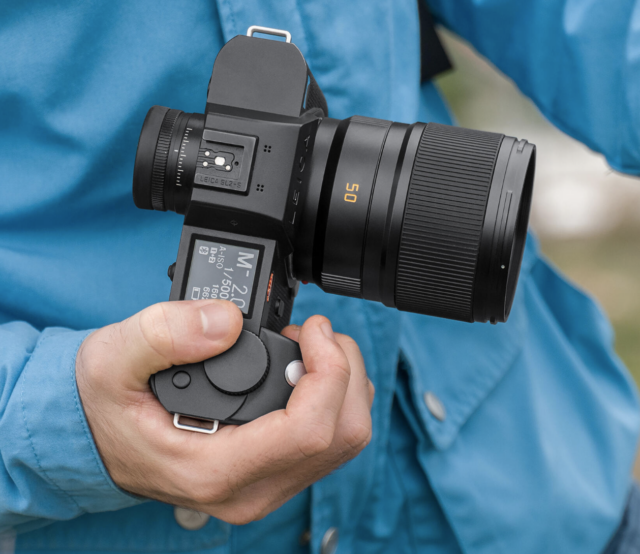

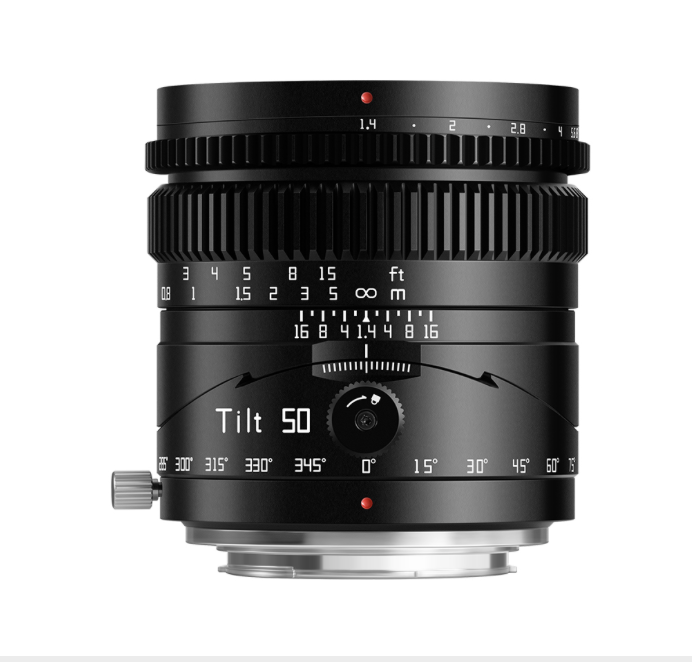
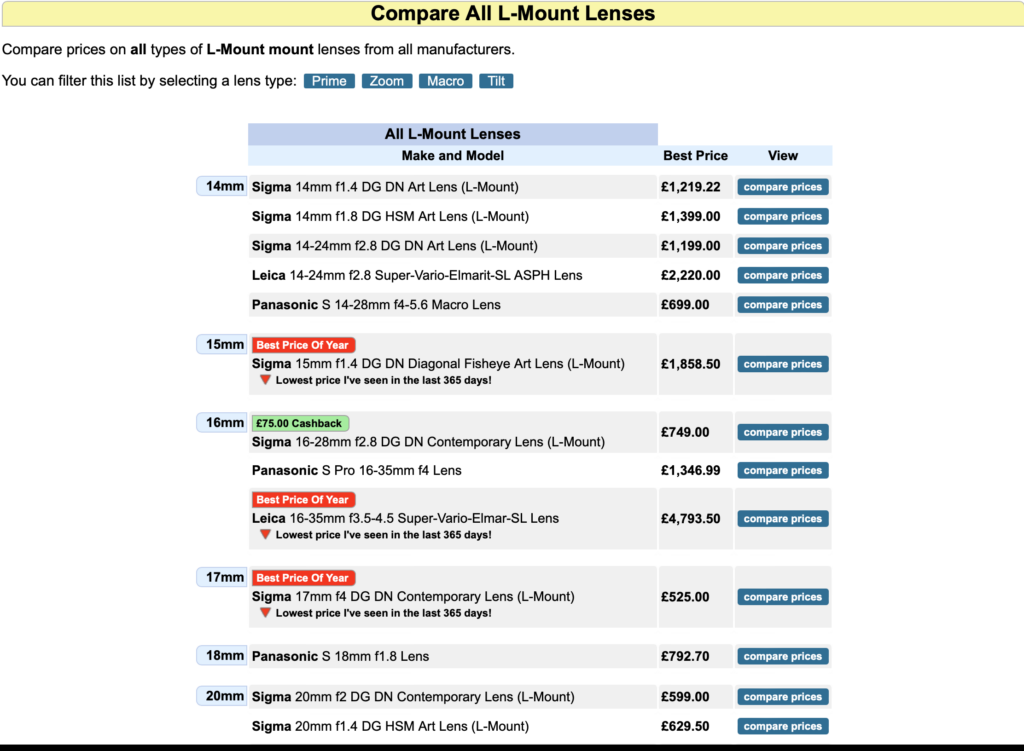
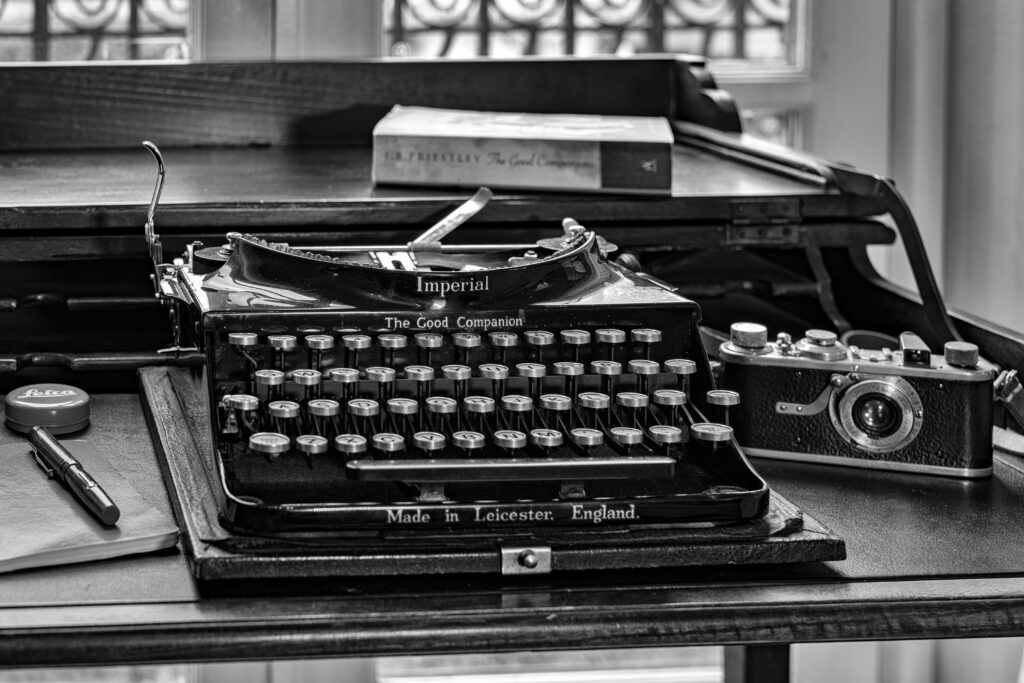
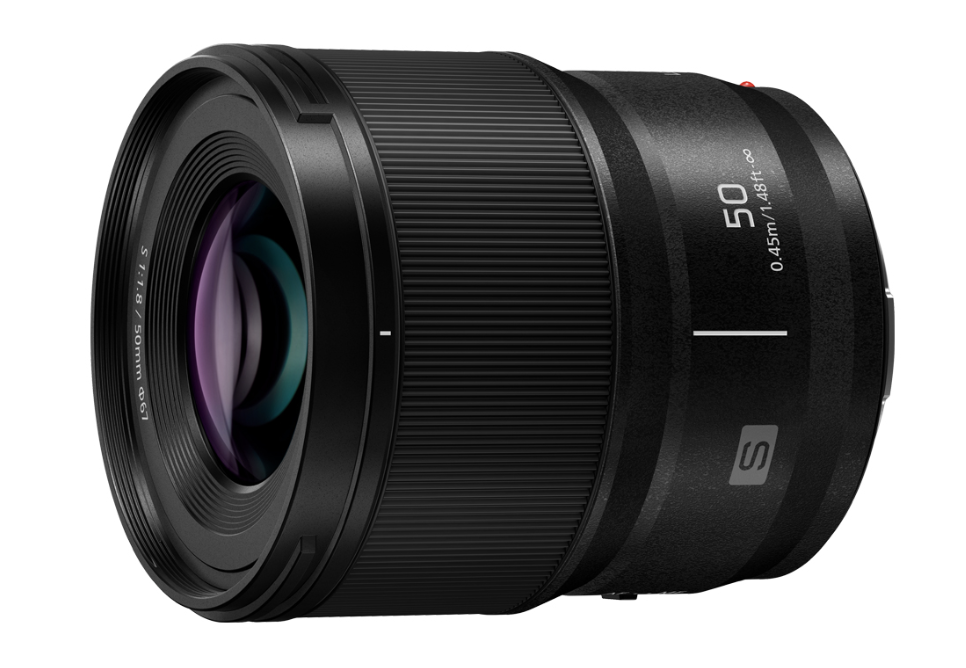
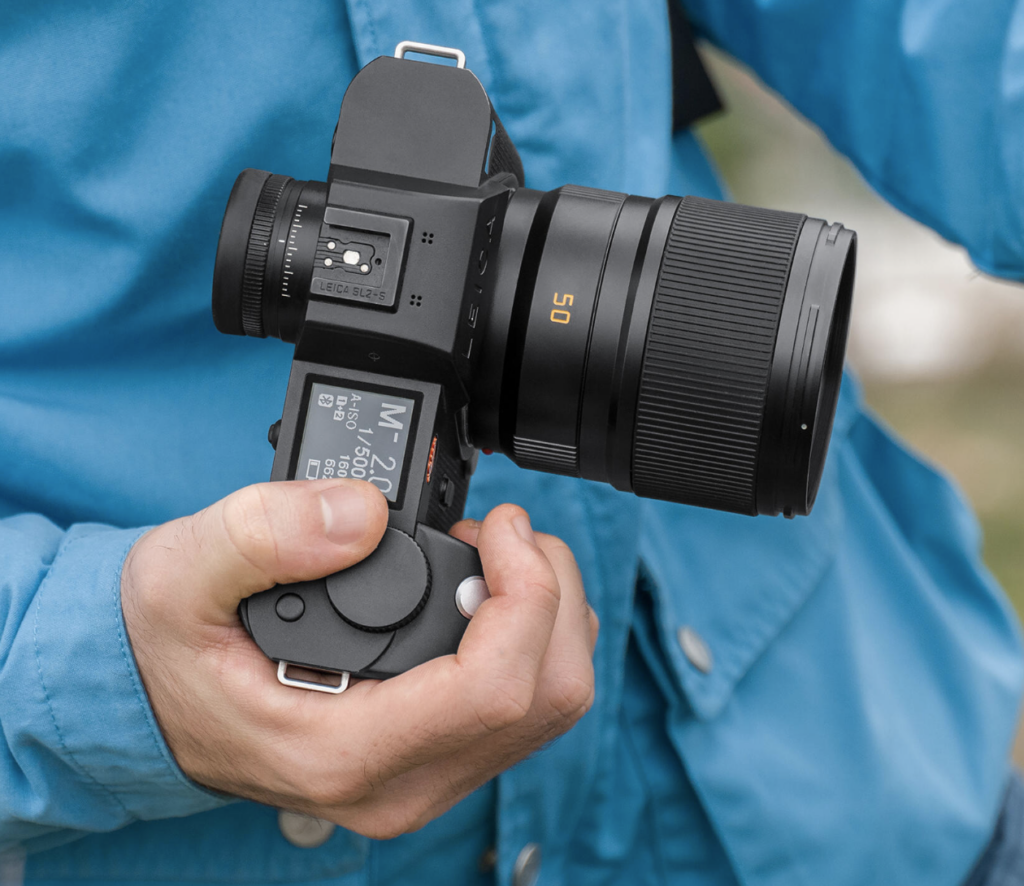




And therein lies the rub… The SL3 is the most weather-sealed of full-frames, with the best user-interface and for me subjectively, the nicest design – with a look and feel that give an impression of immense quality. But technically it is still inferior to Nikon, Sony and Canon flagships, it costs nearly twice the price and most users of L-Mount will use lenses (Sigma, Lumix, ‘diffusion-grade’ Leica) that are inferior to Sony, Nikon and Canon’s professional-grade offering. Canon excepted (though likely soon), the users of any of these systems can use Sigma and Tamron glass at least and Sigma lenses naturally equal their L-Mount counterparts for quality. This leaves the L-mount system with little in the way of USP beyond brand cache and user-interface. A plethora of cheap glass is not enough. Why anyone would buy a £6k body to run a mediocre lens, I don’t know. Leica desperately need a more affordable L-Mount body that isn’t a rebadged Panasonic – I’d suggest an interchangeable lens version of the Q – if the Alliance is to thrive. This might earn Leica the necessary R&D funds to develop a system camera that can genuinely take the fight to the big three.
Thanks for adding to the discussion, James. All good points, and worth bearing in mind. Of course, I (and most Macfilos readers) are speaking from a position of investment in the L-Mount system and a reluctance to venture further. But you are right about a lighter SL. The Panasonic S5 has shown what is possible but, more so, Sony has demonstrated ingenuity in minimising size (although the E-Mount is considerably smaller in diameter than L and this helps). I’m not holding my breath, though.
Mike
I have arriving tomorrow from Amazon, a Sony prime lens, 40mm 2.5 G to go with a Sony A7C I bought a couple of days ago.
The 40mm FE 2.5 G was launched in March 2021 alongside the FE 24mm F2.8 G and FE 50mm F2.5 G lenses. The reason for selecting this particular lens is its size and weight. It only weighs 173 grams. I have taken pot luck in choosing 40mm. For the last 12 years I have been using Sony RX100s Mks 1and 6 and I am still in awe in just how small and convenient these teeny high quality cameras are. However I thought I would venture into the world of full frame with a compact camera and lens.
I can let you know my thoughts on its performance in due course.
Chris
Look forward to hearing your views, Chris. Maybe an article coming on…
An ICL Q has been discussed many times here and on most of the other Leica related forums. It’s simply way more complicated than it appears on the surface. The lens is built into the camera. The leaf shutter is built into the lens. OIS is built into the lens. You would simply have to start from scratch. You then have to answer the question, which lens mount? Where are this smaller lenses going to come from?
An ICL is a nice on the back of an envelop idea until you stop and think about the implications: then it gets complicated, expensive and time-consuming as a project to bring to market.
A (much) smaller mirrorless camera is perfectly possible though. Look at what Sony has done with the above-mentioned a7C (ii) and the a7CR. Both weigh less than a Leica M and are one third (or less) of the price. The only downside of a a7C is the rather underwhelming EVF. You have to wonder what Leica has been doing the last 7 years. They obviously weren’t busy designing a CL2…
You could certainly do it, but the same questions still stand: which lens mount, and where would these smaller lenses come from? Which sensor and which processor would you use in order not to cannibalize either the Q line or the SL line?
If you want something like “an interchangeable lens version of the Q” then presumably you want a physical aperture ring on the lens barrel too. That would mean a completely new line of autofocus lenses.
And at this point the “M with an EVF” chorus can be heard stirring their voices in the distance…
A recent rumor (like from today) is a more compact entry level fixed lens full frame camera from Panasonic to be announced in May. Would be an interesting move and in a way if true not that surprising as the demand for compact cameras (a la Fuji and Ricoh) is obviously very high. We should know soon.
This would indeed be interesting, but Jon’s reservations are valid. The lens of the Q contains all the gubbins, and it is difficult to see how a smaller (than the Q) full-frame fixed-lens camera (even f/2.0 or f/2.8) would work. The nearest example, I suppose, is the Sony RX1. I think that was about as compact as Panasonic could get, even before they added a viewfinder. We live in interesting times, as someone once said…
Hi Mike, what I expect from Leica is a reasonably sized L-mount body (size/weight similar like the Nikon Zf, about 150-200g lighter than the SL) with a high MP number that allows me to use my CL lenses as well. Should really not be that hard right? Leica can make such a body today if it wants to. It is what people have been asking from Leica for almost a decade now. If Leica cannot do that you might as well bury Leica part of the L-mount. The SL3 will eventually be cannibalized by the new medium format system that Leica is working on.
I have felt for a long time that a smaller L-Mount camera should be possible. But, so far, I have absolutely no indication that the factory is thinking along these lines. The S5 would fit the bill, although even that camera is bigger than it needs to be (possibly because of Panasonic’s dedication to video and the needs for more cooling and suchlike). Sigma’s fp is probably as small as it could be, but it would need a viewfinder!
We don’t know what they are busy designing. They are almost certainly busy designing something whatever it is 🙂